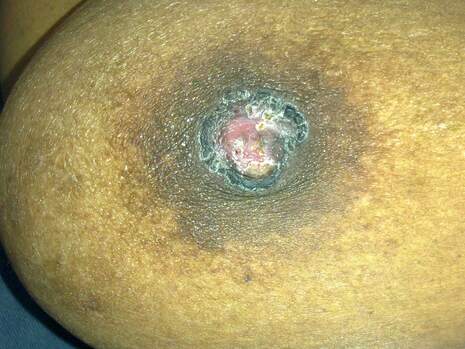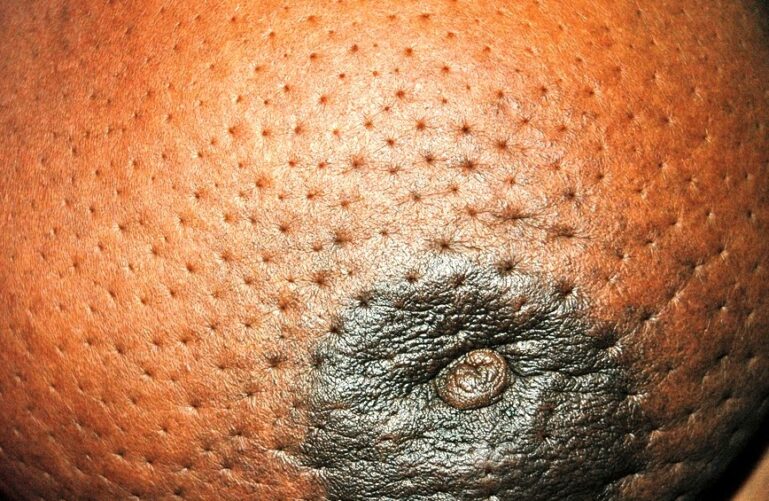4 Important steps to follow when a breast lump is felt
Finding a breast lump is distressing. Yet physicians encourage women to examine their own breasts monthly starting at 20 years of age onwards. Finding a lump is valued, as if an early cancer is detected it can be cured. But many women ignore this advice merely fearing to pick something sinister. This article on 4 important steps to follow when a breast lump is felt, will ease through this stressful path.
සිංහල භාෂාවෙන් විස්තර ලබාගැනීමට පහත ඇති YouTube ලින්ක් එකෙන් සම්බන්ධ වෙන්න.
FIRST STEP
Many women may have lumpy areas in the breast all the time or could become lumpy due to hormonal variation within certain menstrual cycles. Occasionally a lay person might feel the normal breast as glandular and lumpy. It is mostly due to erroneous technique of breast self examination. Anyhow as almost 80% of the breast lumps are harmless and benign, should not panic unnecessarily. So the first step is not to panic, calm yourself and if necessary share it with your closest friend or relative. The final outcome could be not as bad as you assume.
Tip 1 – If you’re in doubt, it is mandatory that you get the breasts examined by your family doctor or by a specialist on breast related diseases as soon as possible.
Tip 2 – It is advisable not to postpone the consultation with the doctor for more than 10 to 14 days.

SECOND STEP
Your breast examination technique may be incorrect. It is better if you re-check the breasts properly following the correct guidelines. When breasts are examined, should always use the pulps of your middle three fingers, while keeping them together and straight. Also the fingers should move around the breast in a circular motion pressing your finger pulps to the chest wall, to feel a lump between three finger pulps and the chest wall. By gripping the breast with your fingers as you hold an object, feels the normal breast glands and not abnormal masses.
Read more on: Breas cancer self exam
THIRD STEP
Check whether you have any risk factors which could predispose to a breast cancer. But in many patients who are diagnosed with a cancer, risk factors may not be apparent. But when a woman with risk factors presents with a lump, it should be considered with a serious note and should consult a physician without any delay.
A positive family history, use of hormonal preparations are more important risk factors than others.
CHECK LIST OF RISK FACTORS
- Early menarche
- Delayed menopause
- Nullipara or not been pregnant before the age of 28 years
- Family history of breast, ovarian or bowel cancers
- Use of hormonal preparations as contraceptives or replacement therapies
- Not breast feeding for long
Further reading: How to beat cancer
FOURTH STEP
There are certain signs that are associated with cancer. When these are present, the deep seated lump favors a cancer more than a benign lump. Therefore if any of these signs are seen it is mandatory to meet a specialist early.
DANGEROUS SIGNS IN THE BREAST
- Blood stained nipple discharge
- Slow inversion of the nipple of recent onset
- Itchy rash around the nipple
- Dimpling of the skin of the breast which if more conspicuous when lift the hands above the head
- Swollen breast skin as a peel of an orange (Peau d’orange)
- Clearly palpable lumps under the armpit
- Ulcerated wound over the breast


Once the felt lump is confirmed by a medical specialist, it needs to be assessed by imaging and cytology. Images are taken either with ultrasound scan and with mammograms. Mammograms are useful and indicated for women over 40 years of age. If the uncertain, a breast MRI is an alternative.
Final diagnosis depends on the tissue obtained as a biopsy. The usual OPD procedures are either a fine needle aspiration cytology (FNAC) or a corecut biopsy.
“It is recommended to examine yours breast monthly and do biennial breast imaging.
As any early detected cancer can be cured”
When follow this basic rule, there is no need to get panic or stressed even if you feel a lump at any age. 4 important steps to follow when a breast lump is felt will guide you correctly.



